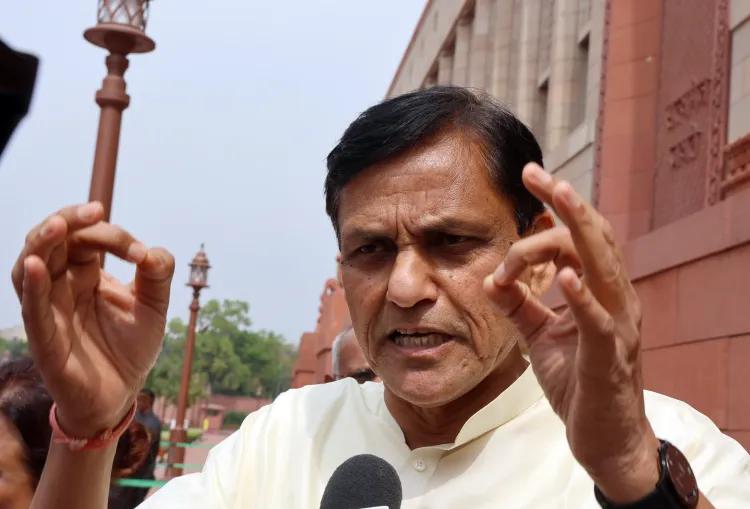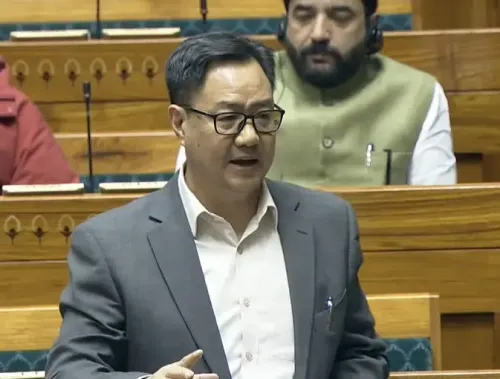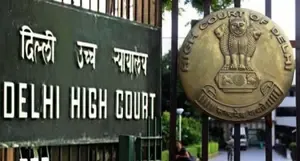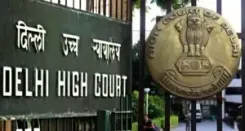How Did Maoism-Hit Districts Shrink from 126 to 18?

Synopsis
Key Takeaways
- Districts affected by Maoism have decreased significantly.
- Violence related to LWE has dramatically reduced.
- Government funding has played a crucial role.
- Infrastructure development is progressing.
- Challenges remain in terms of poverty and education.
New Delhi, Aug 12 (NationPress) The count of districts impacted by Left Wing Extremism (LWE), commonly referred to as Maoism, has significantly decreased from 126 in 2013 to just 18 by April 2025. This reduction is accompanied by a notable decline in violent incidents, as revealed during a Lok Sabha session on Tuesday.
The Minister of State in the Ministry of Home Affairs, Nityanand Rai, stated in a written response that LWE-related violence and the associated deaths of both civilians and security personnel have plummeted by 81% and 85% respectively since the peak year of 2010.
The Minister emphasized that Maoism, which has long posed a significant threat to national security, has been effectively managed in recent years, now limited to specific regions.
He highlighted the Central government's backing for state administrations combating LWE, with an impressive Rs 3,364.32 crore allocated since 2014-15 aimed at enhancing state capabilities.
This funding has supported operational costs for security forces, training for state police, rehabilitation for surrendered LWE members, and compensation for families affected by LWE violence or fallen security personnel under the Security Related Expenditure (SRE) program.
Addressing the slow developmental progress in regions impacted by LWE, MoS Rai noted that these areas grapple with a troubling cycle of underdevelopment exacerbated by security issues stemming from LWE activities.
Challenges such as poverty, low literacy rates, inadequate health facilities, and insufficient infrastructure are all consequences of LWE violence, he stated.
The Central government also extends financial assistance to states to bolster development and address critical infrastructure gaps in the most affected districts under the Special Central Assistance (SCA) program, with Rs 3,769.44 crore disbursed since the scheme's launch in 2017.
As a testament to developmental strides in LWE-affected states since 2014, over 12,012 km of roads have been constructed, with 3,535 km in Chhattisgarh and 2,600 km in Jharkhand.
Additionally, 8,640 mobile towers and 5,899 post offices have been established in states impacted by Maoism, according to the MoS.










